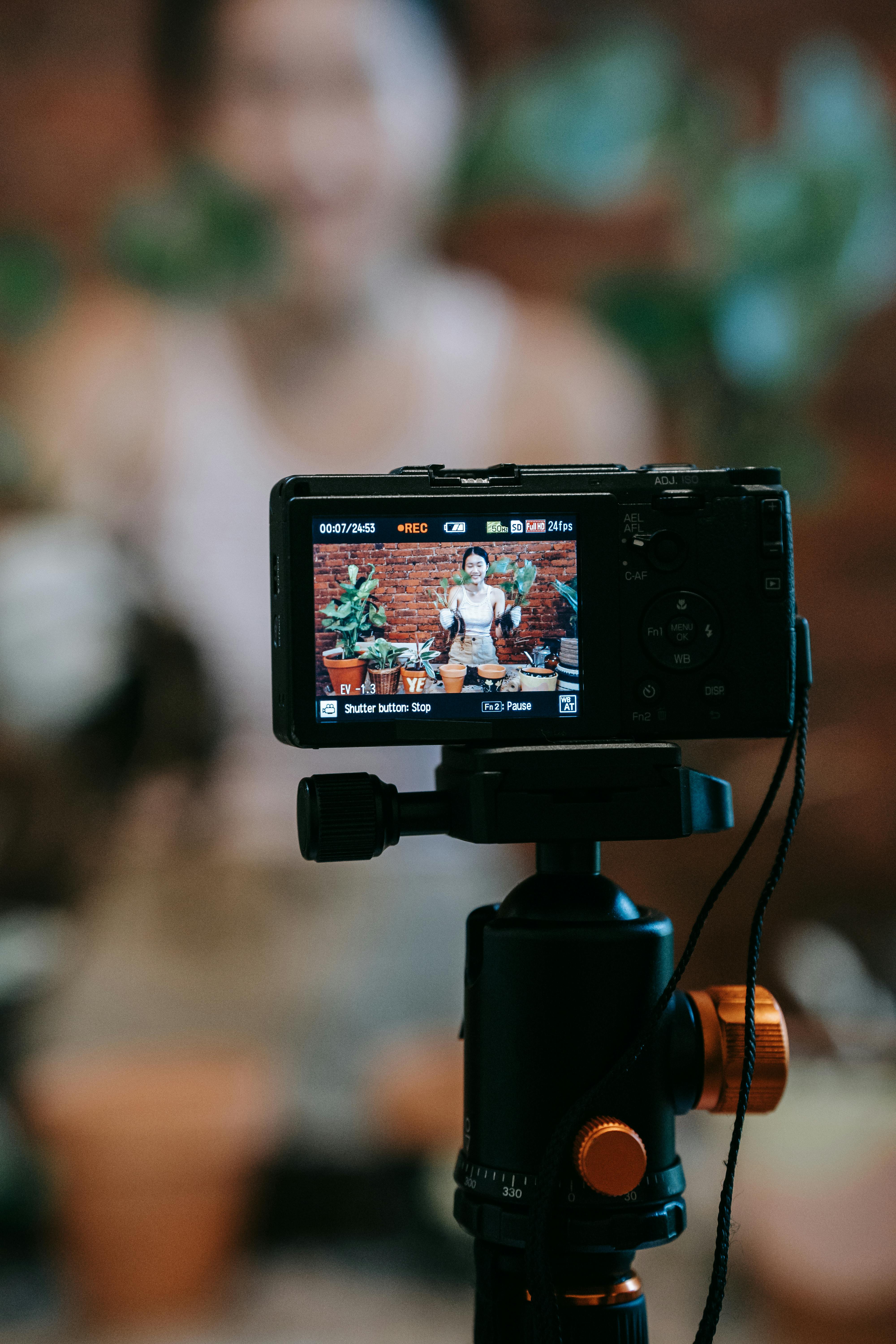
Introduction
YouTube has revolutionized the way we consume video content, consistently innovating to enhance user experience. The latest integration of Google Lens within YouTube Shorts is a monumental step towards bridging the gap between content consumption and information retrieval. Users can now engage with video content in a more dynamic way, seamlessly transitioning from watching to learning. This blog post will discuss the significance of this integration, how it works, its potential use cases, and the implications for users.
The Integration of Google Lens into YouTube
This integration allows users to perform real-time visual searches directly within short-form videos. YouTube’s beta feature enhances the platform’s interactivity, making video-watching not just a passive activity but a proactive one. Users can utilize Google Lens by pausing a video and tapping a newly introduced “Lens” icon. This innovative approach aligns with Google’s broader efforts to incorporate AI into its offerings, enhancing the overall user experience.
Understanding Google Lens
Google Lens is an intelligent, AI-driven visual search tool that broadens the scope of traditional searches. This tool empowers users to leverage their device’s camera to identify various elements in their surroundings—be it objects, texts, or landmarks. With Google Lens coupled with YouTube, users can scan segments of videos and receive immediate related information, such as product details or historical context about landmarks featured in the video.
How the Feature Works
The usability of the new feature is straightforward: when users pause a YouTube Short, a “Lens” icon appears, prompting them to engage with Google Lens. By tapping the icon, the AI springboards into action, allowing users to select and explore specific elements in a frame. This process is as follows:
- Pause the Video: This action makes the Lens icon visible.
- Activate Lens: Tapping the icon initiates the lens functionality.
- Select an Object: Users can highlight items of interest.
- Receive Results: Google Lens provides an array of information instantly, which can include:
- Product information
- Wikipedia entries
- Similar images
- News articles or reviews
- Geographical data for landmarks
The display of results in an overlay format ensures that users can maintain their video viewing experience while gaining valuable insights.
Potential Use Cases and Applications
The practices users can adopt with this feature are numerous, spanning various contexts. Here are a few illustrative examples:
- Fashion Inspiration: Users can tap on clothing items to find similar options.
- Tech Curiosity: Spot a gadget in a video? You can now learn about its brand and specifications.
- Travel Discovery: Identify a famous landmark and dive deeper into its history or importance.
- Educational Enhancement: Whether it’s a science experiment or a DIY project, learners can pause and search for additional insights.
By transforming Shorts into an active discovery tool, this new feature empowers users to extract knowledge without diverting to another platform.
Privacy and Limitations
While Google Lens opens exciting avenues, YouTube has set specific limitations during the beta phase to ensure user privacy and experience quality:
- No Ads: Google Lens results will currently be devoid of advertisements.
- Restricted Content: Affiliate shopping Shorts won’t allow Lens functionality to prevent ethical conflicts.
- Facial Recognition Policies: Google Lens refrains from performing biometric facial recognition, focusing solely on public figures when they are prominently displayed.
These safeguards reflect YouTube’s commitment to maintaining a transparent and secure browsing experience.
Why This Integration Matters
The incorporation of Google Lens into YouTube Shorts marks a revolutionary evolution in interactive video content. In an era where short-form video platforms are in fierce competition, this capability positions YouTube with a unique advantage, combining entertainment with real-time education seamlessly. Instead of being confined to passive content consumption, viewers can actively engage with the materials being presented, fostering a deeper understanding and greater interest.
The Future of Video Content Interaction
The current beta version is rolled out to a select pool of users, and as feedback coalesces, we expect further enhancements. Industry analysts speculate that this could lead to:
- Enhanced Product Tagging: Better integration for shopping experiences.
- Educational Opportunities: Expanding beyond Shorts into full-length educational content.
- Smart Ad Placements: Context-aware ads that enhance viewer engagement.
As artificial intelligence inches closer to everyday applications, YouTube’s merging of short-form videos with Google Lens reflects a trend towards immersive content consumption, evolving how we perceive and interact with media.
Conclusion
The new feature integrating Google Lens into YouTube’s Shorts is not just a technological upgrade; it’s a profound shift in how viewers interact with video content. By allowing users to search for information seamlessly while watching, it enhances the educational aspect of videos. With this advancement, YouTube is poised to redefine the landscape of digital content consumption, ensuring that knowledge acquisition remains as entertaining and engaging as the search itself.